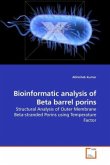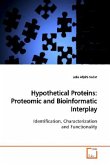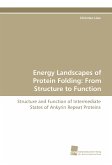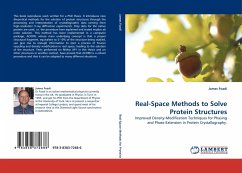This book provides a compact knowledge about practical applications of bioinformatic approaches to understand the structure and function of a protein- Rhodesian which is found in visual pigment of eye and responsible for controlling night vision. Its structure has been predicted by comparative homology modelling and model evaluation through various tools. The electron density maps of retinal isomers and structure of rhodopsin intermediates were analyzed by structure superimposition. On the basis of structural analysis of thirteen mutations for Autosomal Dominant Retinitis Pigmentosa, one of the missense mutation has been targeted to propose a drug to cure night blindness. The molecular docking technique has also been used to predict ligand interactions with rhodopsin. It is hoped that this will provide new insights into structural and functional exploration of proteins which will be helpful in understanding various vital phenomena like protein activation and inhibition, drug interactions and protein signaling.
Bitte wählen Sie Ihr Anliegen aus.
Rechnungen
Retourenschein anfordern
Bestellstatus
Storno








